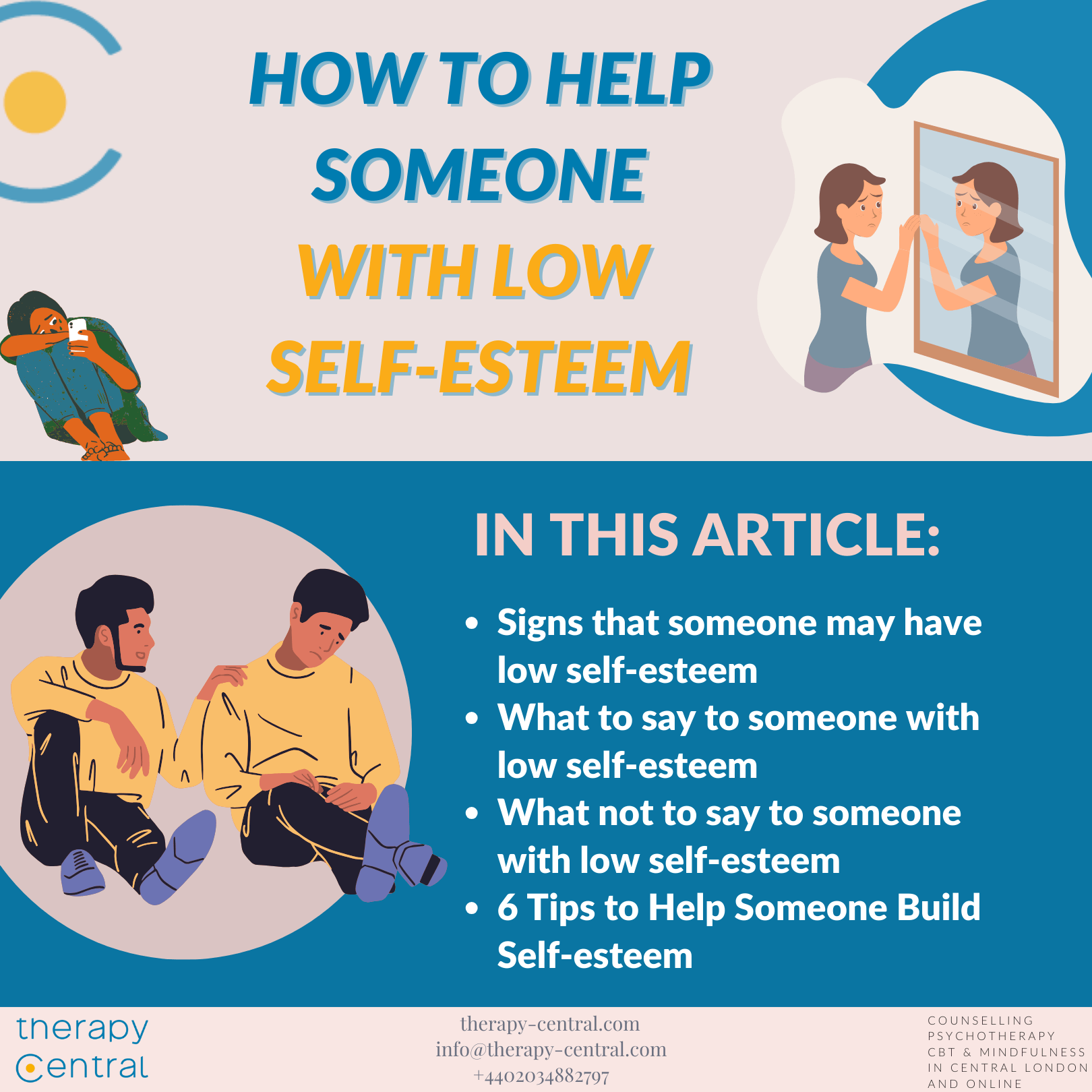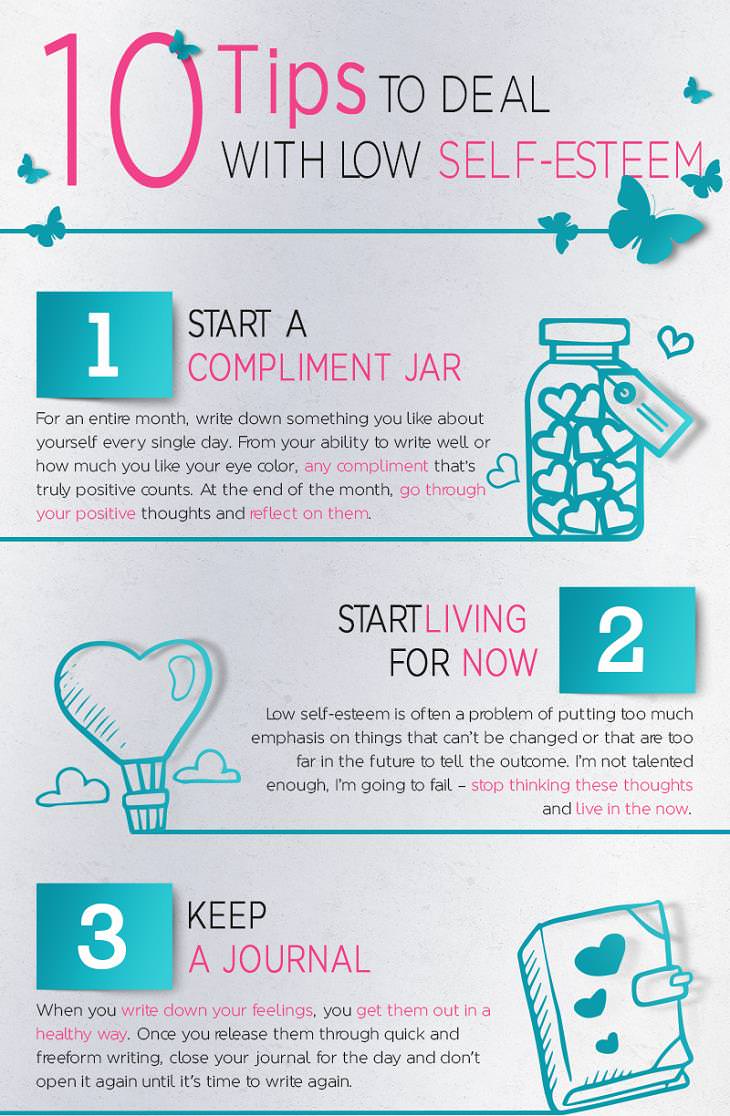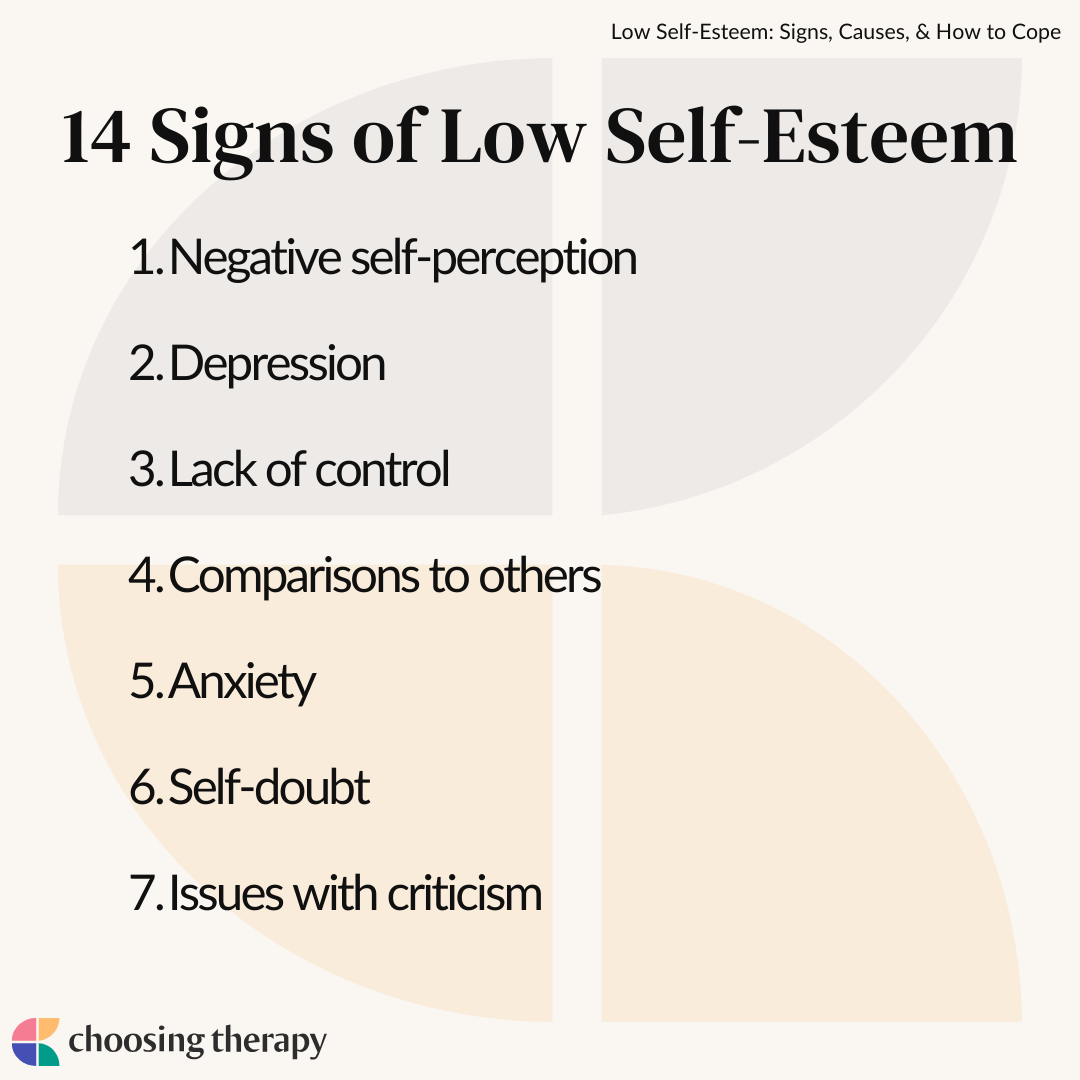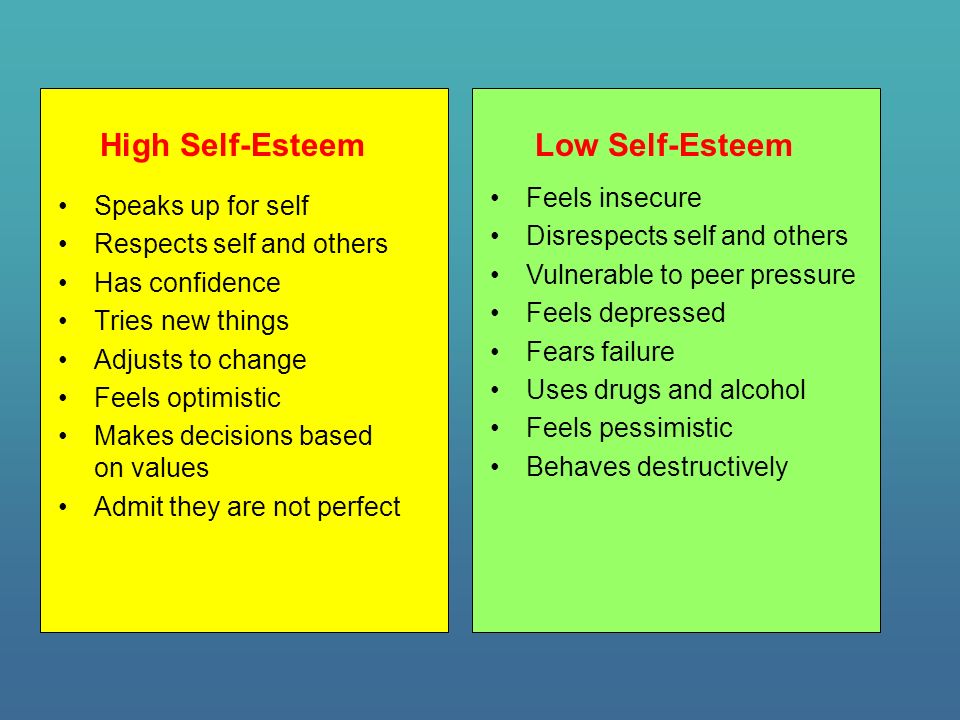How Do You Get Rid Of Low Self Esteem

In a world saturated with curated images and relentless comparisons, the insidious tendrils of low self-esteem can grip individuals of all ages and backgrounds. This persistent feeling of inadequacy can poison relationships, stifle ambition, and ultimately diminish one's quality of life, leaving many searching for a path toward lasting self-acceptance and confidence.
The question then becomes: How can one effectively dismantle the negative self-perception that fuels low self-esteem and cultivate a healthier, more positive sense of self? This article delves into evidence-based strategies and expert insights, offering a comprehensive guide to understanding and overcoming this common yet debilitating challenge.
Understanding the Roots of Low Self-Esteem
Low self-esteem rarely arises in a vacuum. Often, it's a complex interplay of factors including early childhood experiences, societal pressures, and personal setbacks. Understanding these contributing elements is crucial for addressing the issue at its core.
Negative childhood experiences such as criticism, neglect, or abuse can profoundly impact a child's developing sense of self. According to the American Psychological Association, consistent negative feedback can lead to internalized beliefs of worthlessness and inadequacy.
Furthermore, societal pressures, particularly those related to appearance, achievement, and social status, contribute significantly. The relentless bombardment of idealized images in media can fuel feelings of inadequacy, especially among young people.
Practical Strategies for Building Self-Esteem
While the roots of low self-esteem may be deep, there are concrete steps one can take to challenge negative thoughts and build a more positive self-image.
Cognitive Restructuring
Cognitive restructuring, a core principle of Cognitive Behavioral Therapy (CBT), involves identifying and challenging negative thought patterns. This process helps individuals recognize the irrationality of their self-critical thoughts.
For example, if you find yourself thinking, "I always fail," challenge this thought by asking for evidence. Have you really always failed? What are some instances where you succeeded? Focusing on these factual accounts can help disrupt the negative thought cycle.
By consistently challenging these irrationalities, individuals can begin to reframe their perceptions of themselves and their abilities, fostering a more balanced and realistic self-view.
Self-Compassion
Practicing self-compassion involves treating yourself with the same kindness and understanding you would offer a friend. This means acknowledging your imperfections and recognizing that everyone makes mistakes.
Dr. Kristin Neff, a leading researcher in self-compassion, emphasizes the importance of self-kindness, common humanity, and mindfulness. She argues that embracing these elements allows individuals to navigate challenges with greater resilience.
Rather than beating yourself up for perceived failures, acknowledge the difficulty of the situation and offer yourself words of encouragement and support. This shift in perspective can significantly reduce self-criticism and enhance self-acceptance.
Setting Realistic Goals
Setting and achieving realistic goals can provide a powerful boost to self-esteem. Start with small, attainable goals and gradually increase the challenge as you gain confidence.
Avoid comparing your progress to others. Focus on your own journey and celebrate each milestone, no matter how small. Remember that progress, not perfection, is the key.
According to a study published in the Journal of Personality and Social Psychology, achieving goals, even small ones, can lead to increased feelings of competence and self-efficacy, contributing to improved self-esteem.
Seeking Professional Help
If low self-esteem is significantly impacting your life and preventing you from functioning effectively, seeking professional help is crucial. A therapist or counselor can provide guidance and support in addressing the underlying issues and developing coping mechanisms.
Therapies such as CBT, interpersonal therapy, and psychodynamic therapy have been shown to be effective in treating low self-esteem. These approaches can help individuals understand the root causes of their negative self-perceptions and develop healthier ways of thinking and behaving.
The Anxiety & Depression Association of America (ADAA) offers a directory of mental health professionals who specialize in treating low self-esteem and related issues.
The Role of Social Support
Having a strong social support network can provide a buffer against the negative effects of low self-esteem. Surround yourself with people who are supportive, encouraging, and accepting of you for who you are.
Avoid toxic relationships that drain your energy and contribute to feelings of inadequacy. Prioritize relationships that uplift you and promote your well-being. Sharing your struggles with trusted friends or family members can also provide valuable perspective and support.
Building healthy boundaries is also critical. Learning to say "no" to requests that drain your energy or compromise your values can help protect your self-esteem and prioritize your well-being.
Looking Ahead: Sustaining Self-Esteem
Building self-esteem is an ongoing process, not a destination. It requires consistent effort and self-awareness. By incorporating the strategies discussed in this article into your daily life, you can cultivate a more positive and resilient sense of self.
Remember that setbacks are inevitable, but they don't have to define you. Use them as opportunities for growth and learning, and continue to practice self-compassion and kindness.
Ultimately, building self-esteem is about embracing your imperfections, celebrating your strengths, and recognizing your inherent worth. It's about accepting yourself, flaws and all, and striving to live a life that is authentic and meaningful to you.





/Signs-of-low-self-esteem-5185978-V2-dfa2eb84605e4c3e94eda29566881ce1.png)












